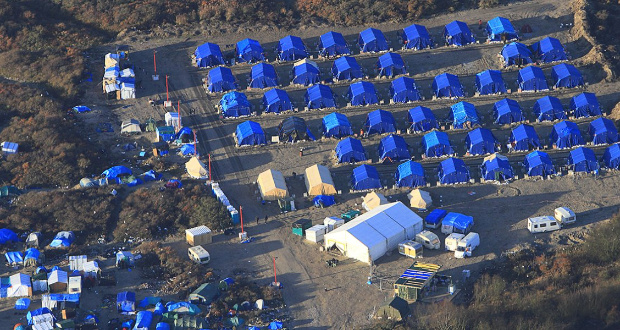Since 2021, Russia and its ally Belarus have learned to instrumentalize (or, as some describe it, weaponize) migrants against NATO member states. NATO will increasingly be called upon to help European countries facing such hybrid attacks, although it is likely that the attacks will be less straightforward in terms of origin, purpose, and attribution than the Russia and Belarus-European Union border crisis.
People are migrating more and more, driven by conflict and war, poverty and hunger, and increasingly the complex impacts of climate change, as well as hopes for a better life and future elsewhere. Today there are an estimated 281 million migrants globally, and that number is on the rise. Irregular migration—the “movement of persons that takes place outside the laws, regulations, or international agreements governing the entry into or exit from the State of origin, transit or destination”—constitutes a significant fraction of overall migration; one estimate suggests 20 percent of all migratory flows. And irregular migration is particularly vulnerable to exploitation and instrumentalization. In instrumentalized migration, human movement is guided strategically to achieve geopolitical goals, whether by adversarial states acting directly against their enemies in the gray zone or non-state actors serving as adversaries’ proxies, which makes attribution, and therefore response, less clear cut.
Russia has been accused of channeling or creating irregular migration flows in many places, from Syria to Ukraine. Anne Applebaum sees Russia’s bombing campaigns against civilian population centers and civilian infrastructure in Ukraine as intended to generate waves of migrants headed toward neighboring NATO countries. Russia’s engagement in sub-Saharan countries, especially in the so-called coup belt, could serve to prepare the ground for major migrant flows toward Europe through the Mediterranean and Eastern European routes.
The primary responsibility for border management lies with individual countries, while the European Union, including through its border management institution FRONTEX, is a key framework for European states requiring support along the external borders of the European Union. However, as NATO secretary general Jens Stoltenberg has stated, “NATO has a role to play” in addressing instrumentalized migration as a hybrid threat. Its contribution has to be understood in the context of “a combination of collective actions and individual actions by individual Allies and a combination of military and non-military actions.”




